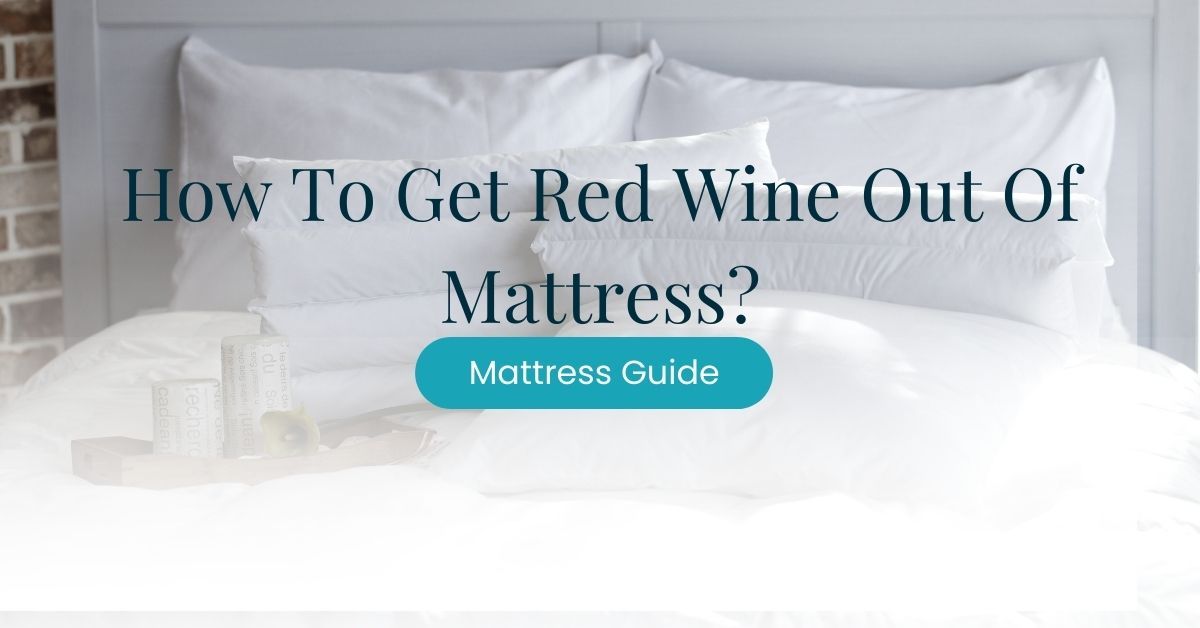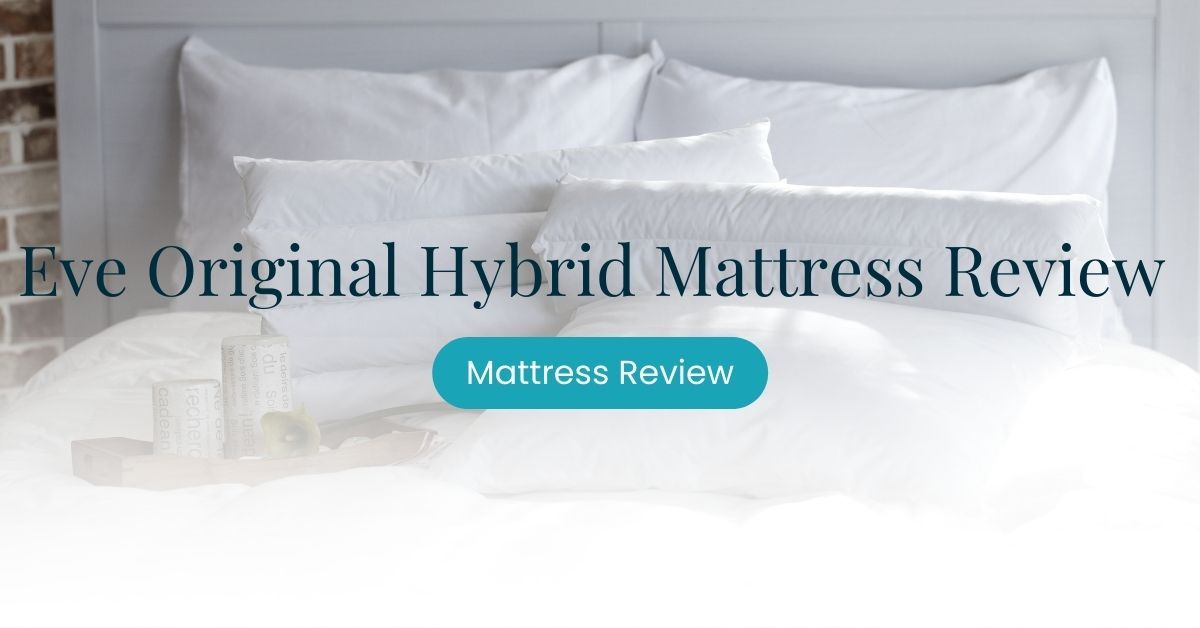Enjoying a romantic night with your partner, sharing a bottle of red wine while watching Netflix in bed, can quickly turn stressful when you accidentally spill wine on your mattress.
Don’t worry – this guide will show you how to properly clean red wine out of your mattress, the water temperature to use, materials needed, and even how to remove old stains.
Did you know?
A study found that 81.3% of females consume wine once a week or more. An increase from 68% before the pandemic.
This article is part of our comprehensive mattress cleaning guide, which covers every stain and smell you can imagine. So, let’s dive into the process of removing red wine stains from your mattress.
What Materials Will You Need?
Don’t stress too much when cleaning red wine stains on your mattress. These items are probably already in your kitchen.
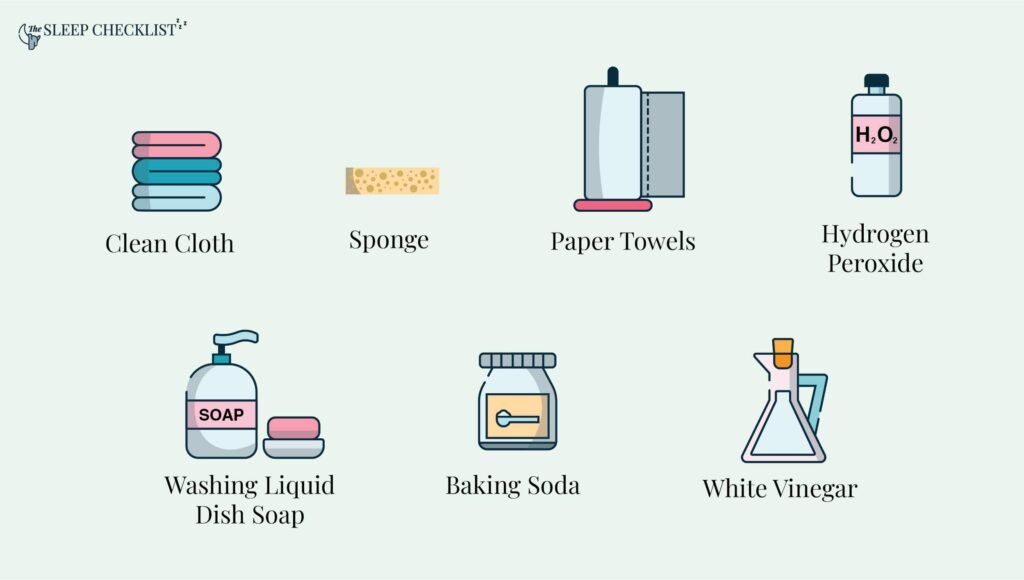
- Clean cloth, kitchen towel, or sponge to soak up the liquid.
- Hydrogen peroxide
- Washing up liquid (dish soap)
- Baking soda
- White vinegar
- Stain removing products
How Do You Get Red Wine Out of a Mattress?
Red wines contain anthocyanins from grapes and grape skins, which are responsible for the red colour. Since wine is a natural dye, be careful when dealing with red wine stains, use the correct materials and water temperature or risk further staining.
Do you wash red wine stains in hot or cold water?
When addressing red wine stains on bedding or clothing, it’s crucial to understand the impact of water temperature on the stain removal process. Opting for cold water is the recommended approach, as it prevents the stain from setting further into the fabric.
Hot water, on the other hand, can cause the stain to set even more. According to a study, the optimal dyeing conditions for cotton occur at 40°C (104°F).
Washing stained fabrics in hot water can encourage the wine’s colour molecules to bind more tightly with the fabric fibres, making the stain harder to remove. Cold water helps to counteract this by keeping the dye molecules from adhering as strongly to the fabric, allowing for more efficient stain removal.
Method 1: Hydrogen peroxide and washing up liquid
Hydrogen peroxide breaks down colour-causing components, making the stain virtually invisible. It’s present in stain-removing products like Oxiclean and Vanish in the form of sodium percarbonate.
Washing up liquid helps remove stains the same way it works on your plates.
We recommended using 3% hydrogen peroxide like Care+ and SafeSol. For washing up liquid soap, UK top brand like Fairy is recommended. For US brands, Dawn is the popular one among users.
For this method,
- Varying ratios of hydrogen peroxide and soap are used by different people. You can start with a 3:1 ratio and adjust from there. The consistency should be like a thick liquid, so it doesn’t run on the surface.
- Apply the mixture to the stain and let it sit for 30 minutes.
- Remove the mixture with a sponge or clean cloth for absorption.
- Repeat the process until you are satisfied with the results.
Not only for mattresses, but you can also use this method with dealing with wine stains on carpets and other upholstery.
Method 2: Baking soda and vinegar
Baking soda and vinegar make a powerful cleaning combination. You might have heard of it if you’ve dealt with removing blood stains from a mattress. Let’s delve into the science behind how white vinegar removes red wine stains.
Distilled white vinegar has a pH level of 2, making it a strong acid capable of breaking down stains. Wines typically have a pH level of 3, which means white vinegar, being more acidic, can dissolve a weaker acid.
Baking soda, on the other hand, is abrasive, helping to lift red wine stains, particularly dried ones.
For this method, follow the steps below:
- Ensure you’ve absorbed all the red wine using a clean, dry cloth. Use a tamping motion to soak up the liquid from the mattress or bedding.
- Dab white vinegar onto the stained area, breaking down the stain.
- Use the clean cloth again to absorb any excess liquid.
- Apply baking soda to the wine stain.
- Dab more white vinegar, causing the mixture to bubble up and aid in stain removal.
- Blot the mixture away using a clean cloth.
- Repeat the process if the stain hasn’t lifted entirely.
Note: Please use only white vinegar for this method, as some types of vinegar can add more stains to your mattress. We recommend UK brands like Golden Swan and Jocker Woods for white vinegar.
How Long To Leave Baking Soda On A Wine Stain?
When using baking soda to treat a red wine stain on a mattress, the amount of time to leave it on depends on the severity of the stain and how quickly it was addressed. Generally, leaving baking soda on the stain for 15-30 minutes is effective for most stains.
However, if the stain is more stubborn or has been left untreated for an extended period, you may consider leaving the baking soda on overnight.
Leaving baking soda on the stain overnight can provide additional time for the baking soda to absorb and lift the stain from the mattress fabric. This extended time frame allows the alkaline nature of baking soda to break down the wine’s colour molecules more effectively, increasing the likelihood of complete stain removal.
If the stain persists after the first application of baking soda, you can certainly try repeating the process 2-3 times. This approach ensures that the stain is treated thoroughly and increases the chance of successful removal.
Method 3: Stain cleaning products
Stain cleaning products should be your last resort since they’re not immediately available in most households. However, if you have one, it’s worth a try. Reddit users vouch for stain-removing products like Oxiclean. While Oxiclean is a US brand, Vanish serves as a UK counterpart.
How do these products work? Stain cleaners like Oxiclean and Vanish contain sodium percarbonate, another form of hydrogen peroxide. This ingredient targets bright stains like wine, coffee, and tea by breaking down the colour-causing components.
Follow the instructions included with the product for proper usage.
Note: These stain-cleaning products often involve using water or come in liquid form. Make sure to dry your mattress thoroughly before putting on new sheets. Excess moisture in the mattress may lead to mould growth, as mould thrives in damp environments.
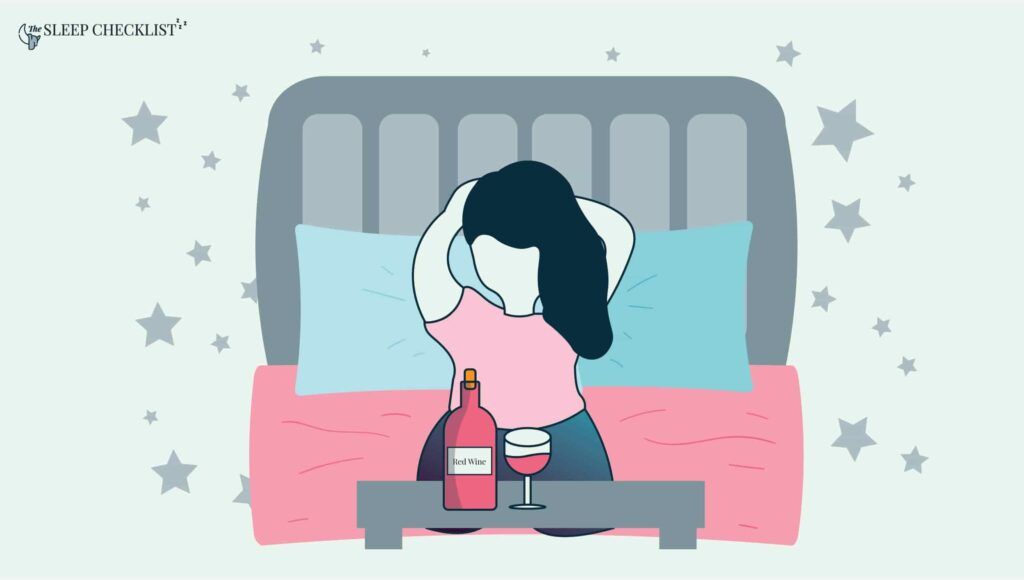
Does salt remove red wine stains?
The salt and club soda method is a popular wine stain removal technique in restaurants, as both salt and club soda are readily available. However, salt can set the wine stain on the fabric.
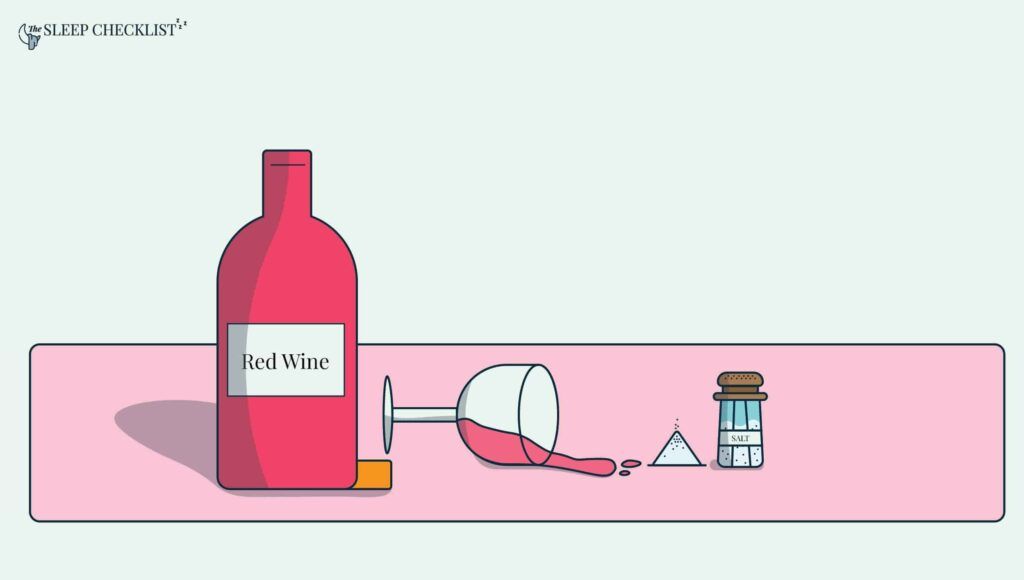
Does toothpaste remove red wine stains?
Although your favourite toothpaste brand can remove red wine stains from your teeth, it isn’t effective on fabrics or mattresses.
Toothpaste contains no ingredients that address red wine stains. Moreover, some toothpaste varieties have colouring ingredients that can add stains to your mattress. So, save your toothpaste for dental cleaning purposes only.
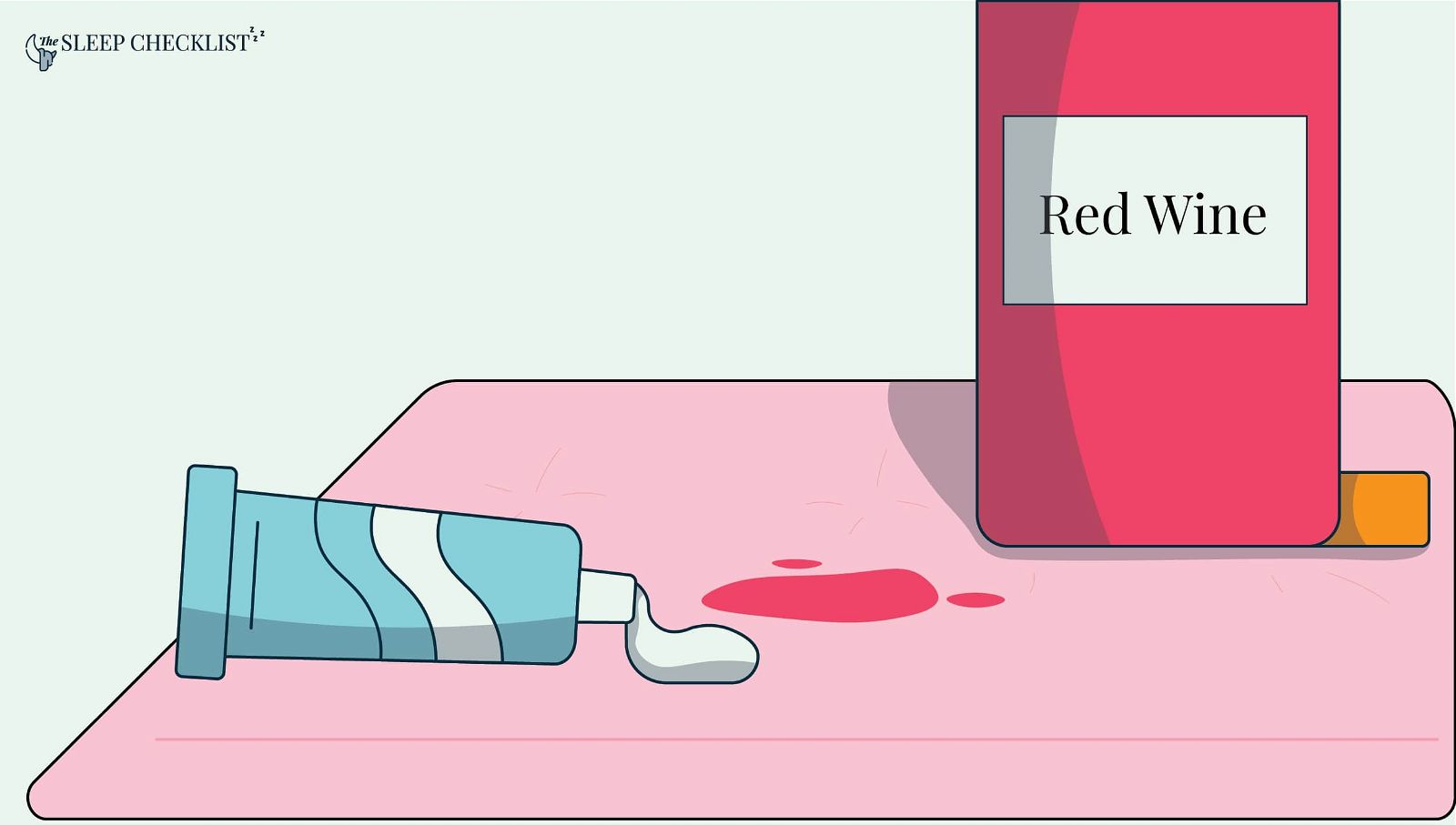
Does shaving foam remove red wine stains?
Shaving foam can be an effective solution for removing red wine stains on a mattress. The composition of shaving foam includes surfactants, which help to break down the stain and lift it from the fabric.
Additionally, the foamy texture aids in absorbing the wine stain and preventing it from spreading further.
Does WD 40 remove red wine stains?
While WD-40 is a versatile product with numerous applications, it is not specifically designed for removing red wine stains from a mattress. Using WD-40 on a wine stain may lead to further issues, as it contains oils and solvents that could potentially cause additional staining or damage to the mattress fabric.
Instead, it is recommended to use other methods such as baking soda, white vinegar, or a commercial stain remover specifically designed for fabric surfaces. These alternatives are more appropriate for treating red wine stains on mattresses and are less likely to cause harm to the fabric.
Does hand sanitizer remove wine stains?
Hand sanitizer can be an effective option for removing wine stains on a mattress, particularly if it contains a high alcohol content. Alcohol helps break down the pigments in red wine stains, making them easier to lift from the fabric.
A Wine-Stain-Free Mattress
While some popular red wine stain removal methods are ineffective, the following scientifically-backed methods efficiently remove red wine stains:
- Hydrogen peroxide and dish soap
- Baking soda and vinegar
- Stain cleaning products containing sodium percarbonate
Clean the stain as soon as possible to prevent it from setting. Using everyday ingredients found in your kitchen can save your mattress and bedding from being ruined by stains.
4 Sources
- Texas Wine Marketing Research Institute
https://www.depts.ttu.edu/hs/texaswine/docs/COVID-19-Wine-Report.pdf - Markoski, M. M., Garavaglia, J., Oliveira, A., Olivaes, J., & Marcadenti, A. (2016). Molecular Properties of Red Wine Compounds and Cardiometabolic Benefits. Nutrition and metabolic insights, 9, 51–57.
https://www.ncbi.nlm.nih.gov/pmc/articles/PMC4973766/ - Baaka, Noureddine & Ben Ticha, Manel & Haddar, Wafa & Hammami, Saoussen & Mhenni, M.F.. (2015). Extraction of Natural Dye from Waste Wine Industry: Optimization Survey Based on a Central Composite Design Method. Fibers and Polymers. 16. 38-45. 10.1007/s12221-015-0038-5.
https://www.researchgate.net/publication/276836334_Extraction_of_Natural_Dye_from_Waste_Wine_Industry_Optimization_Survey_Based_on_a_Central_Composite_Design_Method - Yang, Hyuna, & Park, Youngmi. (2015). Optimum Dyeing Condition of Cotton by Fermented Grape By-products with Degraded Protein Mordant. Textile Coloration and Finishing , 27 (3), 202–209.
https://www.koreascience.or.kr/article/JAKO201531362062889.page


